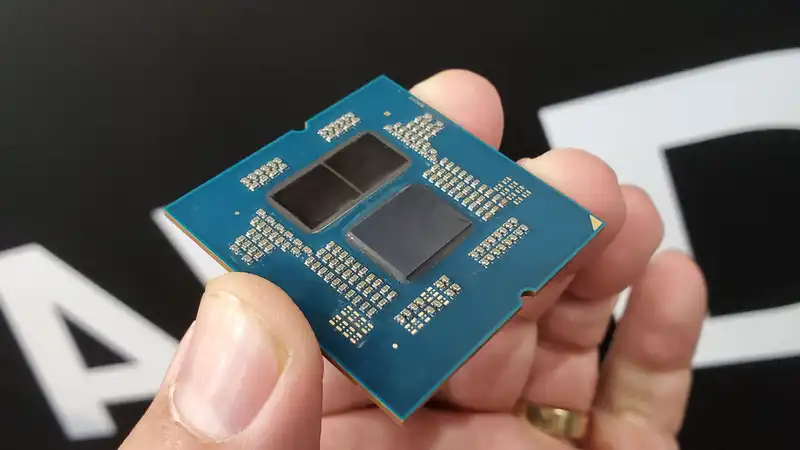AMD's new Zen 5 CPUs (aka “Ryzen 9000” series) are really coming along nicely. But if there is any question about AMD's latest CPU family, it is that it inherits essentially the same 4nm silicon as the Zen 4. But that won't last long.
According to Mike Clark, AMD's longtime leading chip maestro, who has been involved in AMD CPU design for over 30 years, plans for a 3nm re-new Zen 5 architecture are underway. Moreover, he says, everything is progressing very rapidly.
Speaking to Tom'sHardware, Clark said that AMD wanted the flexibility to use both nodes in Zen 5 despite the challenges it brings.
“We need that flexibility in our roadmap, and it makes sense. But still, trying to control two technologies and features is a real challenge, and features that look good at 3nm will not look so good at 4nm.
Interestingly, from a timing perspective, it appears that a 3nm Zen 3 could be coming very soon. Clark clarified, “Basically, 3nm and 4nm overlap.”
Previously, there were rumors that 3nm would be used for the compact core of the Zen 5C rather than the full Zen 5 design. However, Clark did not give specifics, so we will have to wait and see about that.
The chips we would most like to see jump to 3nm are AMD's APU line for laptops and handhelds. Seeing the new Strix Point APUs using 4nm silicon makes us a little concerned about battery life.
AMD's existing Phoenix and Hawk Point APUs do not necessarily offer great battery life in the context of handheld gaming using 4nm silicon. So the prospect of more powerful chips with more GPU cores at 4nm does not bode well for battery life.
Of course, as discussed recently, Strix Point's revised RDNA 3.5 GPUs have been found to have been tweaked to improve efficiency. So these improvements will be available at 4nm as well; the combination of RDNA 3.5 and 3nm seems like an attractive combo for mobile gaming.
Clark also suggests that AMD may bring a compact Zen 5C core to the desktop. Currently, this core is reserved for mobile CPUs. He said, “If you continue to build compact cores the way we talked about, the hard part is making sure you hit the right frequency points so that no matter how many [cores] you put in, it balances out. But if you're really good at that, there's no reason not to have compact cores on your desktop,” he said.
Clark also said that using compact cores means that the same performance can be achieved with a given number of cores at less cost, or that more cores can be squeezed onto the desktop. In other words, compact cores could soon be a reality on desktops.
It is worth pointing out that the fact that AMD is working on a 3nm Zen 5 chip does not necessarily mean that it will be in gaming desktops, laptops, or handhelds. AMD is not planning a server, workstation, or embedded 3nm chips for applications, and Clark did not reveal specifics.
For desktops, where power consumption is not critical, 3nm would not be a dramatic leap anyway. However, a 3nm laptop or handheld Zen 5 CPU could be quite impressive. So let's hope AMD is moving forward with its plans in this regard.


Comments